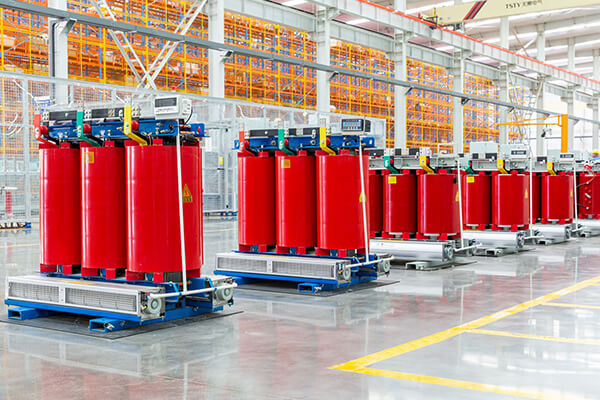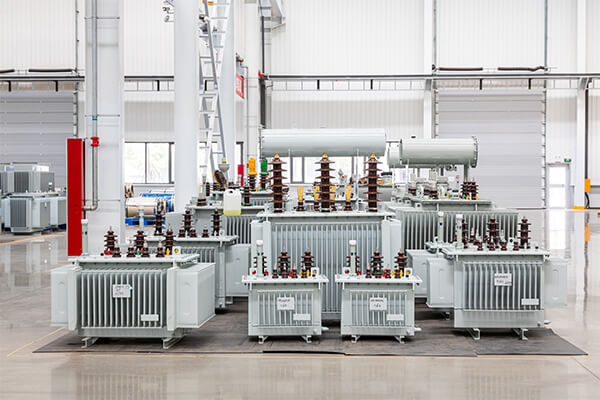What Is The Difference Between Dry And Oil Type Transformer?
Power transformer is an important power equipment, its main function is to change the size of AC voltage through the principle of electromagnetic induction. Transformer can increase or decrease the voltage to meet different power transmission and application requirements. In the power system, transformer plays a key role in power generation, transmission, distribution and other links. Among them, oil and dry type transformer are two very popular transformers. So what is the difference between dry and oil type transformer? How to choose between the two?
Dry-type transformer
Dry-type transformer refers to a transformer whose core and winding are not immersed in insulating oil. There are two cooling methods: natural air cooling (AN) and forced air cooling (PF). Its structural types include fixed insulation encapsulation (SCB) and non-encapsulated winding structure.

Oil-immersed transformer
Oil-immersed transformers are transformers whose coils and magnetic cores are immersed in special transformer oil. This structure can both dissipate heat and isolate the coils from the air to prevent moisture in the air from corroding the transformer's magnetic core.

Dry type VS oil-immersed type, what is the difference?
1. Insulation medium
Dry-type transformers rely on air or other solid insulating materials for insulation. For example, epoxy resin casting is used to isolate the winding from the external environment. Oil-immersed transformers use transformer oil as the insulating medium.
2. Structure & Appearance
Dry-type transformers can directly see the core and coil, while oil-immersed transformers can only see the transformer shell. The core and coil of the dry type are a fixed whole that can be directly exposed to the air or placed indoors. It dissipates heat through natural ventilation or forced air cooling. The oil-immersed type achieves the purpose of cooling through oil cooling.
3. Capacity and voltage
Dry-type transformers are generally suitable for power distribution, with a capacity of less than 1600KVA and a voltage of less than 10KV.
The capacity of oil-immersed transformers is wider than that of dry-type transformers, and can achieve all capacities from small to large, and the voltage level can also achieve all voltages.
3. Cost and maintenance cost
The insulating materials used in dry-type transformers are more expensive and the production process is more complicated, so the manufacturing cost is relatively high. The insulating medium of oil-immersed transformers is relatively cheap, the manufacturing process is relatively mature, and the cost is relatively low. However, the maintenance cost of dry type is lower than that of oil type.
4. Application places
Dry-type transformers are suitable for places with high requirements for fire prevention and explosion prevention, such as shopping malls, hospitals, high-rise buildings and other crowded indoor environments.
Oil-immersed transformers are usually used in places with relatively low fire prevention requirements such as outdoor substations. Because its capacity can be made very large, it is widely used in large power plants, substations and other places.
The above is the difference between dry type and oil type transformers. You can choose the right type of transformer according to your project. If you want to know more details or the price of the transformer, please contact us. In addition to transformers, TSTY transformer manufacturer also provides high and low voltage switchgear, box-type substations and other products.
TAG: oil and dry type transformer oil immersed transformer dry type transformer

